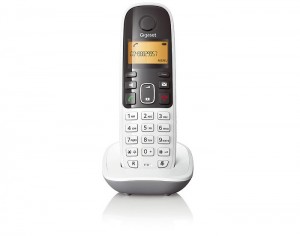Modern phones are relatively simple. By “relatively”, we mean that they’re simple once you get used to them. We also mean landline phones and not mobile phones, to avoid confusion. Still, unlike most modern cell phones, landline phones still don’t have the luxurious touch-screen user interfaces and functions that we’re so used to on cell phones. The reasoning behind it is simple – cell phones are designed in a way to offer you a lot of functionality in general while you’re on the move. If you’re stationary in an office, you’ll probably have multiple devices for specific functions that you’ll use instead of a multipurpose device. After all, a specialized device is more effective in its designated task than a device designed for multiple purposes. You’ll work easier and access the Internet easier and more comfortably on a PC than on a touch-screen cell phone, as a basic example. The same is true when you need to make a call on a landline phone – dial a number, press a button and that’s it. Still, even modern landline phones offer a lot of additional functions these days. Some have integrated answering machines, expanded phone memory and the ability to attack various accessories, like the Gigaset A49H, which is basically an extra handset. Such extra handsets need to be synchronized with the original “receiver” base, which is a process outlined in the user manual that comes with the device. If you’re ever in a situation where your paper manual is unavailable, you can also find online manuals as a backup. DOWNLOAD GIGASEST A49H USER MANUAL HERE
